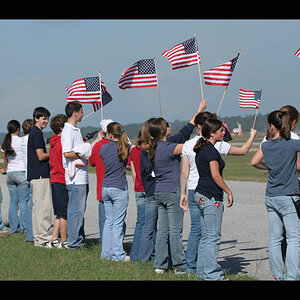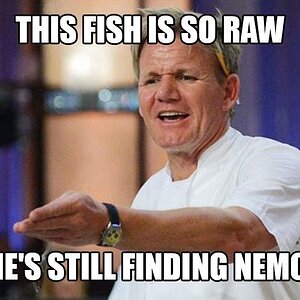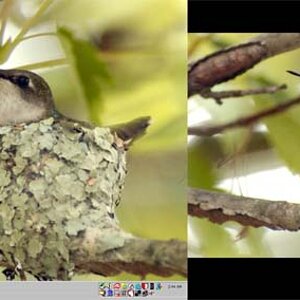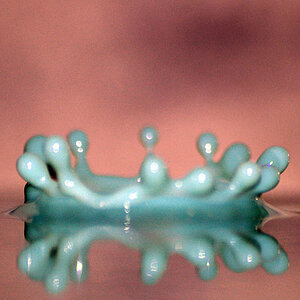Phazan
TPF Noob!
- Joined
- Dec 26, 2006
- Messages
- 737
- Reaction score
- 0
- Location
- Bay Area, California
- Can others edit my Photos
- Photos OK to edit
Ok, so I think I just figured out something...
If I have a 50mm lens, and the apeture is say, at 2.8. I do 50 divided by 2.8 and it gives me 17.85. So does that mean that the opening is 17.85mm from top to bottom?
That would explain why 300mm 2.8 lenses are so expensive, because when you do 300/2.8 you get 107, which is a pretty big hole, and you have to have that much more glass to cover it...And the reason why when you have a more shallow DOF with a telephoto lens, is because the hole on a 2.8 tele lens is HUGE, compared to a 17mm F2.8 lens with a 6mm hole.
And then the reason why I can't get very shallow DOF on my P&S camera is because it's a 6-72mm lens..so the hole turns out to be about 2mm in diameter!
Is this true?? If it is, I'm so proud of myself for figuring that out...Hope it wasn't too confusing
If I have a 50mm lens, and the apeture is say, at 2.8. I do 50 divided by 2.8 and it gives me 17.85. So does that mean that the opening is 17.85mm from top to bottom?
That would explain why 300mm 2.8 lenses are so expensive, because when you do 300/2.8 you get 107, which is a pretty big hole, and you have to have that much more glass to cover it...And the reason why when you have a more shallow DOF with a telephoto lens, is because the hole on a 2.8 tele lens is HUGE, compared to a 17mm F2.8 lens with a 6mm hole.
And then the reason why I can't get very shallow DOF on my P&S camera is because it's a 6-72mm lens..so the hole turns out to be about 2mm in diameter!
Is this true?? If it is, I'm so proud of myself for figuring that out...Hope it wasn't too confusing
Last edited:



![[No title]](/data/xfmg/thumbnail/41/41920-c7de4d93604fb89eb48454f9e5dba8a0.jpg?1619739944)






![[No title]](/data/xfmg/thumbnail/32/32950-1cc3896bf614e9412d7fda271f5e63c8.jpg?1619735784)


